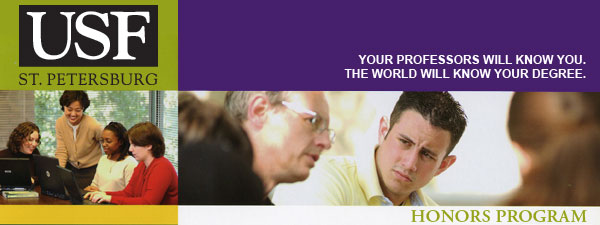USF St. Petersburg campus Honors Program Theses (Undergraduate)
First Advisor
Richard Smith, Ph.D. Associate Professor, College of Business
Second Advisor
Byron Miller, Ph.D., M.A.T., Assistant Professor, College of Arts and Sciences
Publisher
University of South Florida St. Petersburg
ISSN
2572-4339
Document Type
Thesis
Date Available
2019-07-21
Publication Date
2019
Date Issued
2019-05-01
Abstract
The United States of America is a nation with a population of 328 million (US census Bureau). The latest reports by the American Association of Medical Colleges shows, however, that only 860,939 licensed and practicing physicians serve this large population. These numbers articulate a ratio of one doctor for every 381 patients. By comparison, Cuba has an average of 591 physicians per 100,000 people, which translates to 169 people per physician. These proportions illustrate how the United States is lagging behind on providing the American population with sufficient physicians to meet their medical needs. While this on its own is a serious issue, there’s an added component because many of these physicians are not spread evenly across the fifty states. The ratio of physicians to people in a state such as New York is about 1 physician for every 200 people while in a rural state like Wyoming, there is about one physician for every 1,000 people. The ever-growing physician shortage in America is a pressing issue that has yet to be fully addressed by the US government or the medical profession.
Some reforms that have been promoted include an expansion of the physician assistant (PA) and nurse practitioner (NP) sector in healthcare. Graduates from these programs are generally able to act as primary care providers, assessing and creating treatment plans for patients. However, inconsistencies in regulations and limitations in the scope of practice of these professionals across the 50 states both limit these professionals and perpetuate many gaps in patient care. Thus, the lack of homogeny in the allocated autonomy of nurse practitioners and physician assistants across the United States contributes to the maintenance of an incohesive healthcare sector.
Creative Commons License

This work is licensed under a Creative Commons Attribution-Noncommercial-No Derivative Works 4.0 License.
Recommended Citation
Cruz Nieves, Rachel J., "A New Process for Integrating Foreign Physicians into American Healthcare" (2019). USF St. Petersburg campus Honors Program Theses (Undergraduate).
https://digitalcommons.usf.edu/honorstheses/247



Comments
A thesis submitted in partial fulfillment of the requirements of the University Honors Program University of South Florida, St. Petersburg May 1, 2019